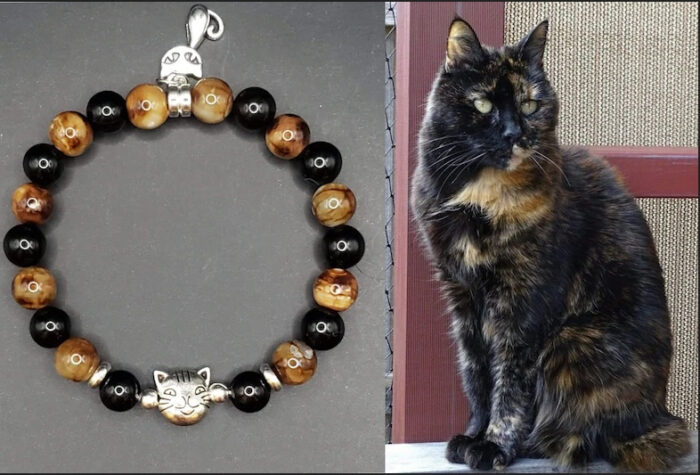Do you own a tortoiseshell cat, or are you considering adopting one? If so, then you might have heard about "tortitude." This term refers to the supposed unique personality traits of tortoiseshell cats. Are these cats really special, or is it all just a myth? Let’s dive into the world of tortitude and find out!
What is Tortitude? The Origins and Definitions
Tortitude is a playful term combining "tortoiseshell" and "attitude." Tortoiseshell cats have a distinct fur pattern with patches of black, orange, and sometimes white. However, tortitude is more than just their look; it’s about their personality. People often describe these cats as feisty, sassy, and independent.
The idea of tortitude has been around for a while. Many cat owners believe that their tortoiseshell cats have unique behaviors compared to other cats. Stories and anecdotes have spread, making tortitude a well-known concept among cat enthusiasts. But where did this idea come from?
Interestingly, tortitude has no solid scientific basis. Instead, it’s mostly built on observations and personal experiences. Many owners insist that their tortoiseshell cats are more spirited and strong-willed. This belief has passed from person to person, creating a kind of folklore around these colorful felines.
The Science Behind Tortitude: Investigating Behaviors
Scientists have studied cat behavior but have not concluded that tortoiseshell cats have unique personalities. Research shows that cat behavior is influenced by many factors, like genetics, environment, and upbringing. Thus, labeling a cat’s personality based on coat color alone lacks scientific support.
However, some studies have noted slight behavioral differences in tortoiseshell cats. For example, a 2016 study by the University of California, Davis, found that tortoiseshell cats might show more aggression in certain situations. Yet, these differences are minor and not enough to confirm the idea of tortitude definitively.
Behavioral experts suggest that people might see what they expect to see. If you believe your tortoiseshell cat will be sassy, you might interpret their actions in that light. This is called confirmation bias. It means we tend to notice behaviors that fit our beliefs and ignore those that don’t. So, the idea of tortitude might be more about human perception than cat reality.
Real Life Torties: Owners Share Their Experiences
Many tortoiseshell cat owners are convinced that tortitude is real. They often share stories about their cats’ bold and spirited behaviors. For instance, some owners say their torties are very vocal, demanding attention with loud meows. Others talk about their cats’ playful yet stubborn nature, often described as "bossy."
Take Emily, for example. She has a tortoiseshell cat named Luna. Emily says Luna has a strong personality and isn’t shy about showing it. "Luna will knock things off the table just to get my attention," Emily laughs. "But she’s also incredibly loving and will curl up on my lap for hours."
On the other hand, some owners have tortoiseshell cats that don’t fit the tortitude mold. They describe their cats as calm and easy-going. This variety in behavior suggests that while some tortoiseshell cats might seem to have tortitude, others do not. It’s a reminder that every cat is unique, regardless of their fur color.
So, is tortitude a myth or a fact? The answer isn’t clear-cut. While many people swear by the spirited nature of their tortoiseshell cats, science doesn’t back up the idea with strong evidence. It appears tortitude might be more about individual interpretation than a proven personality trait. Whether you think tortitude is real or not, one thing is for sure: tortoiseshell cats, like all cats, have their own special charm.
